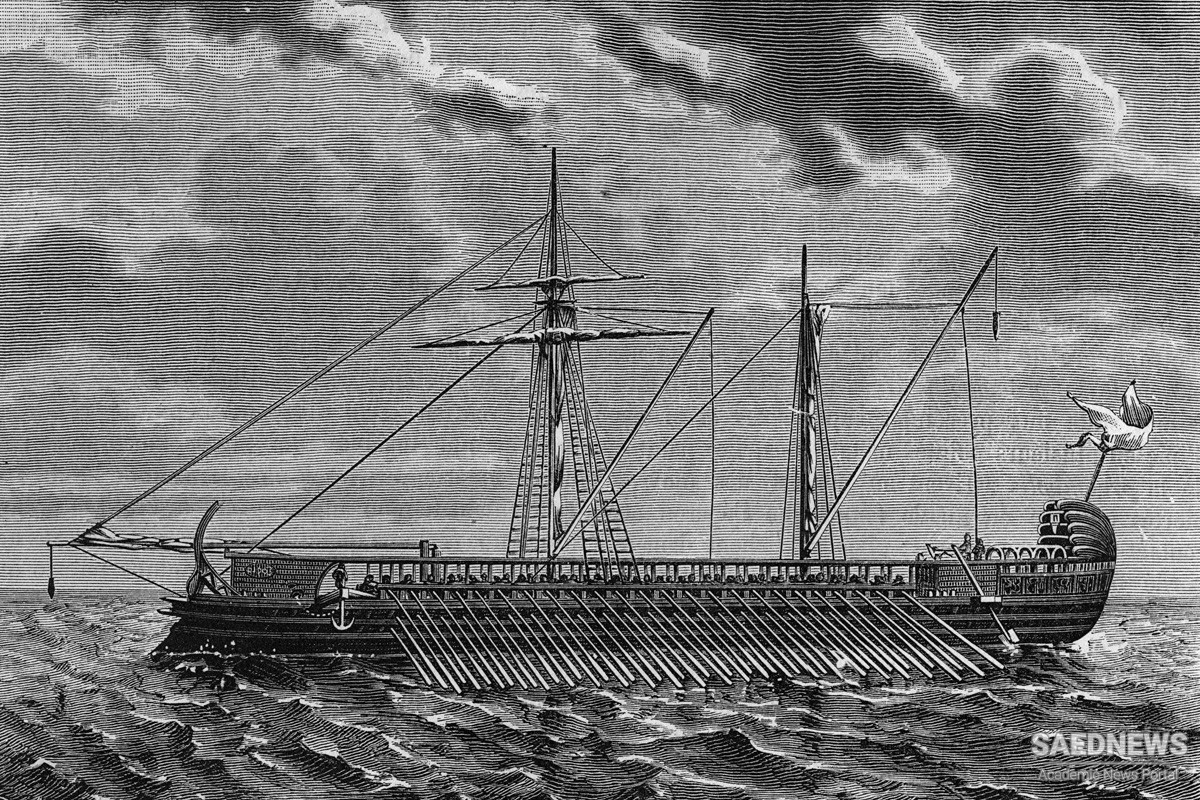Because the people of the Iranian Plateau had limited experience with larger watercraft , Iran has lacked reliable naval crewmen and commanders throughout the centuries. Cyrus the Great, the founder of the Achaemenid Empire, relied on Phoenicians to battle Greek and Egyptian fleets during the sixth century bc, and only much later did Persians serve on ships and become commanders and admirals. Another Achaemenid emperor, Darius the Great, resorted to moving seafaring people from the Mediterranean to the head of the Persian Gulf to improve his maritime capabilities. During the mid- sixth century, the Sassanian emperor Chosroes I needed a navy to prevent the development of alternative trade routes to the Silk Road that would undercut his ability to collect tolls and duties. He briefly created maritime forces that relied on ethnic Arab or mixed- blood people living along the coast to conduct a series of naval operations to conquer Sarandib (modern Sri Lanka) and Yemen. Aft er the Arab conquest, the empires and other kingdoms in Iran faced no neighbors with signifi cant naval forces. As a result, few rulers exhibited interest in developing sea power, but focused instead on the more imminent threats from Mongol, Ott oman, Afghan, and Russian armies. Iran continued to rely on various foreigners, including Arabs and later Europeans, to provide its sailors and fl eets through the early twentieth century.The Islamic Republic has had more success in developing indigenous naval forces, as shown by the creative tactics used by revolutionary naval units during the Tanker War with the United States in the 1980s (Source: Immortal: A Military History of Iran and Its Armed Forces).


 Political and Military Relevance of Iranian Geography
Political and Military Relevance of Iranian Geography














































